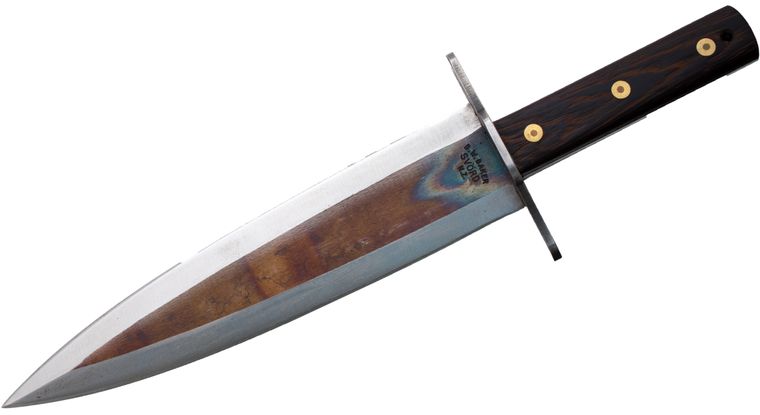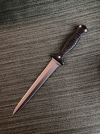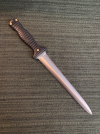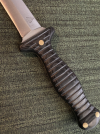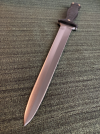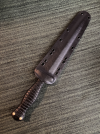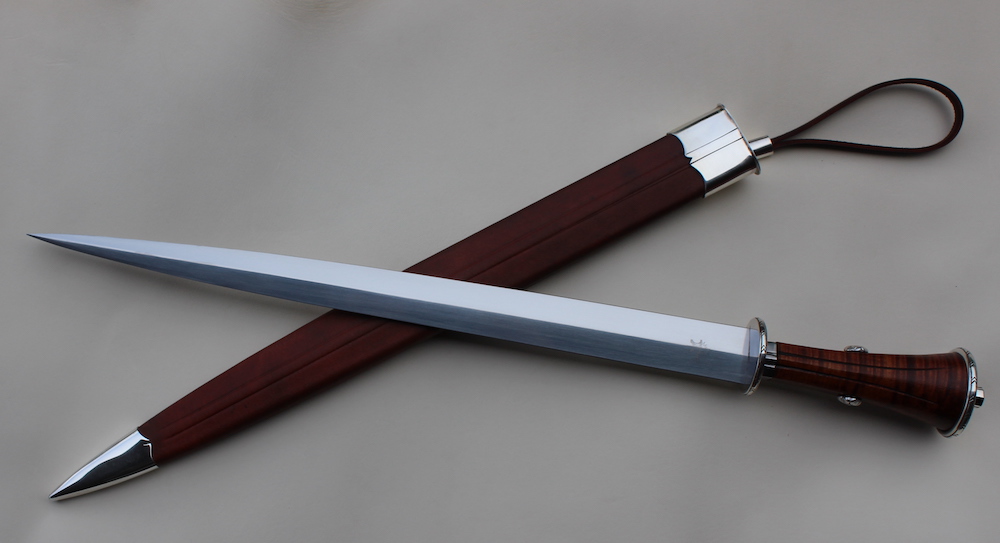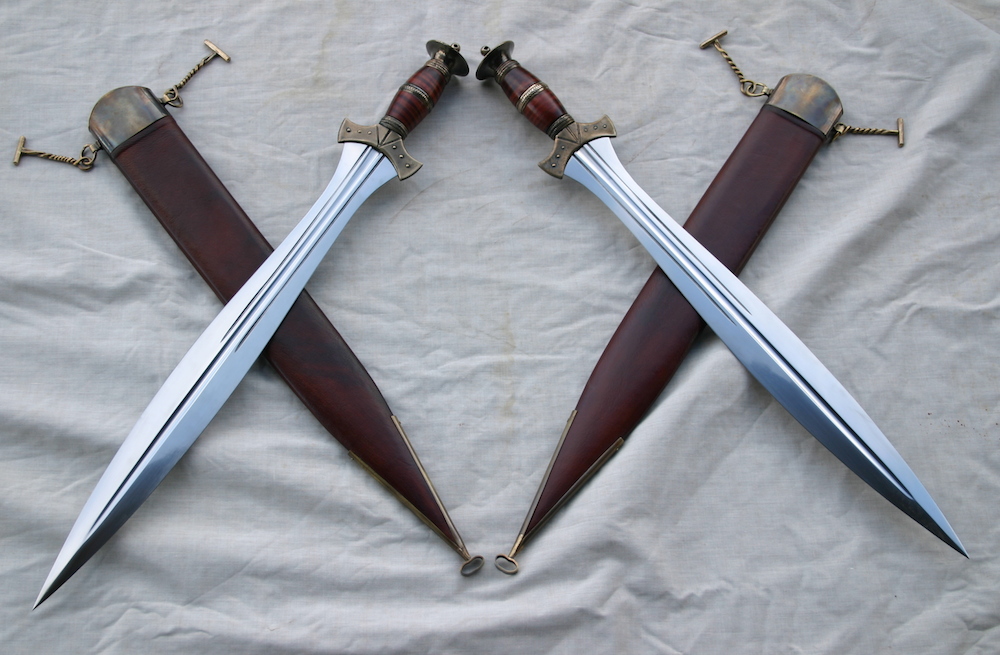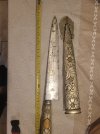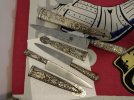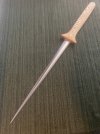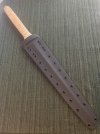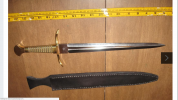I have tried so many different options and none of them match what I am looking for -- a full tang dagger with a blade length between 33cm and 50cm (12 inches to 20 inches)
Here is what I have found and why they are not viable.
1. Eikhorn Solingen M7. : blade only 6 inches
2. Swiss M57 bayonet : no longer in production. Only collectors, traders and used now. (blade not long enough)
3. Busse combat : a good 16 inch blade. Is a weird company in Finland. Wants a ridiculous $800, (likely handcrafted-to-order)
What are my options besides these?
Here is what I have found and why they are not viable.
1. Eikhorn Solingen M7. : blade only 6 inches
2. Swiss M57 bayonet : no longer in production. Only collectors, traders and used now. (blade not long enough)
3. Busse combat : a good 16 inch blade. Is a weird company in Finland. Wants a ridiculous $800, (likely handcrafted-to-order)
What are my options besides these?

